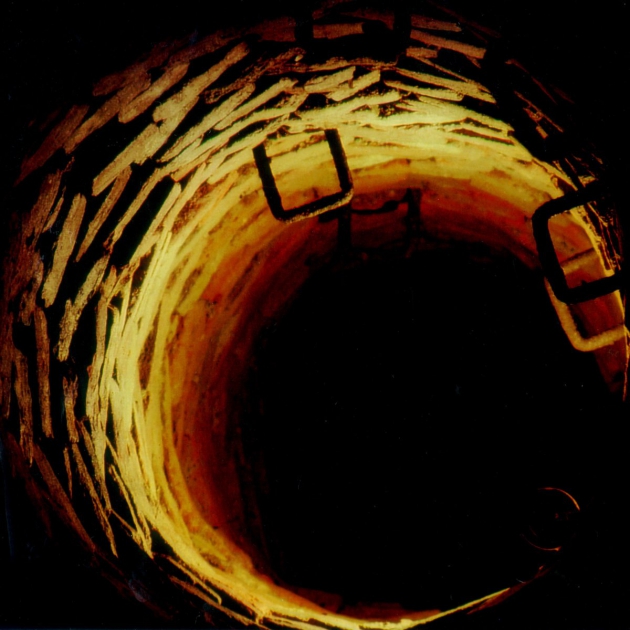With more than 30 years’ experience in the residential and commercial water treatment space, Mark Nelson is a Class 1 Drinking-Water Operator and a CBWA (Canadian Bottled Water Association) Certified Plant Operator. As founder and president of Nelson Water in Ottawa, Mark focuses on dealing with challenging water treatment system designs for problem water. He also heads the largest water bottling plant in the city of Ottawa with a delivery network throughout the Valley.
Over time, all wells can lose capacity fur to induced or natural processes. Fortunately, these processes can be controlled through regular monitoring and preventative treatment. If you have a private well water supply, you need to understand these processes to diagnose any issues that may arise.
Symptoms of a Well Deterioration
One of the most common causes of well issues on farms is well deterioration. Well deterioration can affect the quantity and quality of well water and is generally a result of mineral accumulation, physical plugging or biological activity. There are some warning signs that your well may be starting to experience deterioration. These include a loss of production, an increase in bacterial contamination in the water, pungent or unpleasant odors from the water, or other changes in water quality. If you have noticed any of these signs, you may need to explore the condition of your well to correct the underlying problem and restore your water quality.
Physical Plugging
Physical plugging is the term used when fine grained materials from the aquifer are drawn into the well and accumulate around the well screen. This is often the result of over pumping as the pump runs too aggressively and causes the fine particles to move towards the well. Plugging can cause the screen and pump to become clogged and can compromise water quality. Additionally, if the pump is running too frequently, it means that the water cannot replenish quickly enough and this can cause improper pump function.
When the pump or well has become plugged, the well should be flushed out and the pump will need to be serviced. You may also benefit from installing a pump flow restrictor to increase pump operation and reduce the risk of over pumping.
Mineral Accumulation
Mineral accumulation can also create problems with well screens and pumps. There are several factors that can create this type of issue. It can be a result of excess dissolved minerals in the water, a low water level causing aeration, faster flowing water, gases in the water, a change in chemical composition or an increased level of iron in the water.
Bacterial Issues
Biofouling is a biological activity that can accelerate or cause well deterioration. It begins when bacteria colonizes on the surfaces around and in the well screen. This bacteria produces biofilm, a slimy substance that accumulates and as the level of this slime grows, mineral particles and soil becomes trapped, causing a clogged screen.
Biofouling tends to occur when there is an increase in the population of nuisance bacteria or an increased downdraw in the well. You may notice strange odours, increased turbidity or a change in water colour. Another indication of biofouling is that there is a buildup of slime noticeable on the pump or discharge line.
The most effective way to prevent biofouling creating a well issue is to monitor the well and disinfect regularly.
If a problem does begin to develop, your water specialist can advise you on the best way to evaluate and treat the problem.

